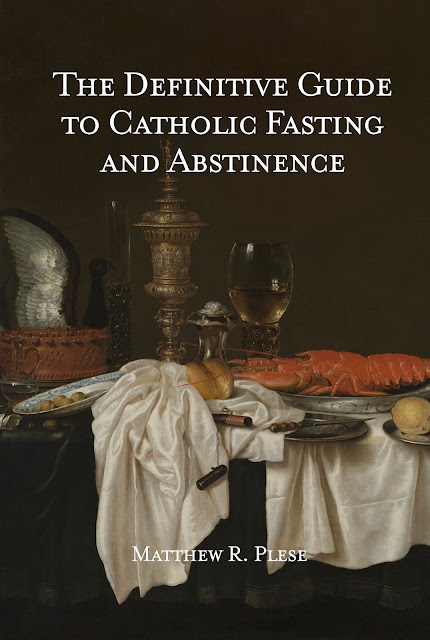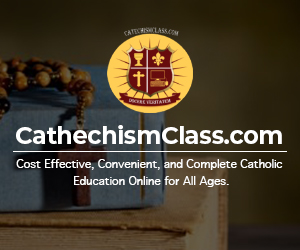In a world filled with increasing temptations at every turn—especially online—how do we remain faithful to God’s commandments, protect our families, and pursue holiness in a culture that normalizes impurity? The answer begins with serious resolve and concrete tools. That’s where Covenant Eyes comes in.
A Commandment Forgotten
“Thou shalt not covet thy neighbor’s house: neither shalt thou desire his wife…nor anything that is his” (Exodus 20:17).
This commandment, often overshadowed by others, directly forbids coveting another human being—especially someone else’s spouse. It calls us to wage war against the interior sins of lust and unchaste desire. As Canon Francis Ripley wrote: “The Ninth Commandment forbids all willful consent to impure thoughts and desires and all willful pleasure in the irregular sexual promptings or motions of the flesh. That is, it forbids interior sins of thought and desire against the Sixth Commandment."
The Catechism of the Council of Trent goes further, stating that covetousness—the very desire to possess what does not belong to us—leads to breaking every other commandment. It is the root of all evil, and its most insidious form in our time is the sin of lust, especially through pornography.
The Silent Crisis of Our Time
Pornography is not a harmless indulgence. It destroys marriages, enslaves souls, ruins vocations, and invites grave spiritual danger. Every fully deliberate act of impurity, even interior, is a mortal sin. If unrepented, it separates the soul from God for eternity.
In past ages, these temptations were harder to access. Today, they are one tap away on every phone, tablet, or laptop.
Are you or someone you know struggling with online temptation? In today’s digital age, protecting yourself and your loved ones from harmful content is more urgent than ever. That’s where Covenant Eyes comes in—a powerful accountability and filtering software designed to help you build good habits and stay pure online.
Why Covenant Eyes?
Covenant Eyes is more than just a filter. It’s an accountability system. With real-time screen monitoring and detailed reports sent to a trusted friend or spiritual advisor, the software helps you take active steps to stay on the path of grace and avoid temptation before it begins.
Whether you're strengthening your own discipline or safeguarding your family, this is the solution you’ve been looking for. And as a reader of this blog, you can receive an exclusive discount by using the code ACATHOLICLIFE at signup.
Don’t wait—visit CovenantEyes.com and enter ACATHOLICLIFE to start your journey toward a safer and holier digital life today.
15 Ways to Fight the Sin of Lust and Guard Purity
While tools like Covenant Eyes are powerful, they must be paired with the spiritual weapons of the Church. Here are 15 tried-and-true Catholic practices for fighting sins against purity:
- Receive Holy Communion frequently, even daily if in a state of grace.
- Make a Spiritual Communion if you cannot attend Mass.
- Consecrate yourself to the Blessed Virgin Mary, through St. Louis de Montfort or St. Maximilian Kolbe, and renew it daily.
- Pray the Rosary daily for the virtue of chastity.
- Say 3 Hail Marys each morning on your knees, asking for purity.
- Wear the Brown Scapular always as a sign of Marian protection.
- Invoke Mary immediately at the first sign of temptation.
- Pray that Our Lady gives you a deep hatred of this vice.
- Confess frequently to a regular confessor who knows your battle.
- Meditate daily on the Four Last Things—Death, Judgment, Heaven, and Hell.
- Practice the Presence of God—He sees all, even our thoughts.
- Deny yourself small comforts like food and drink to grow in discipline.
- Dress modestly and encourage others to do the same.
- Engage in mental prayer 15–30 minutes a day, listening to God's voice.
- Use accountability software like Covenant Eyes on all your devices. Let a trusted friend or family member set the password.
A Battle Worth Fighting
The fight for purity is not easy—but it is eternally worth it. Our Lord tells us, “Blessed are the pure of heart, for they shall see God” (Matthew 5:8). To fall into sins of lust is to risk our eternal salvation. To fight them is to draw closer to Christ, who can purify even the most wounded heart.
We are not alone in this battle. Our Lady stands ready to help those who turn to her. The sacraments, good spiritual practices, and helpful tools like Covenant Eyes give us the weapons we need.
If you're serious about breaking free from online impurity—or helping someone else do so—start today.
👉 Visit CovenantEyes.com
👉 Use code ACATHOLICLIFE for an exclusive discount
👉 Begin a new chapter of hope, freedom, and grace












